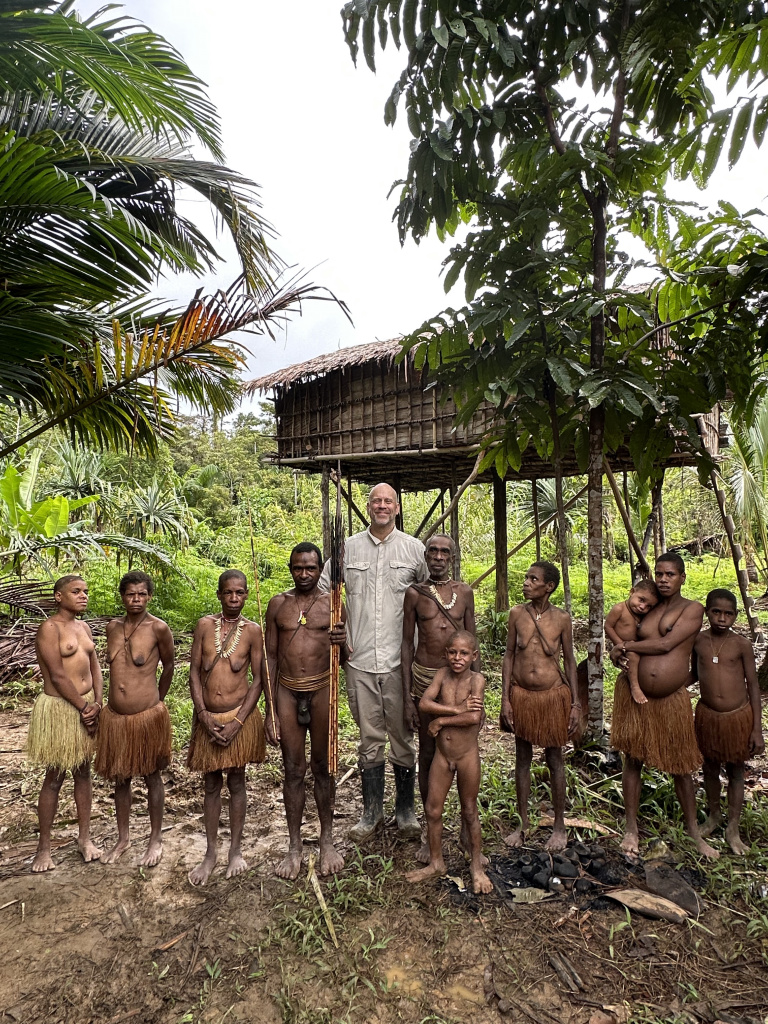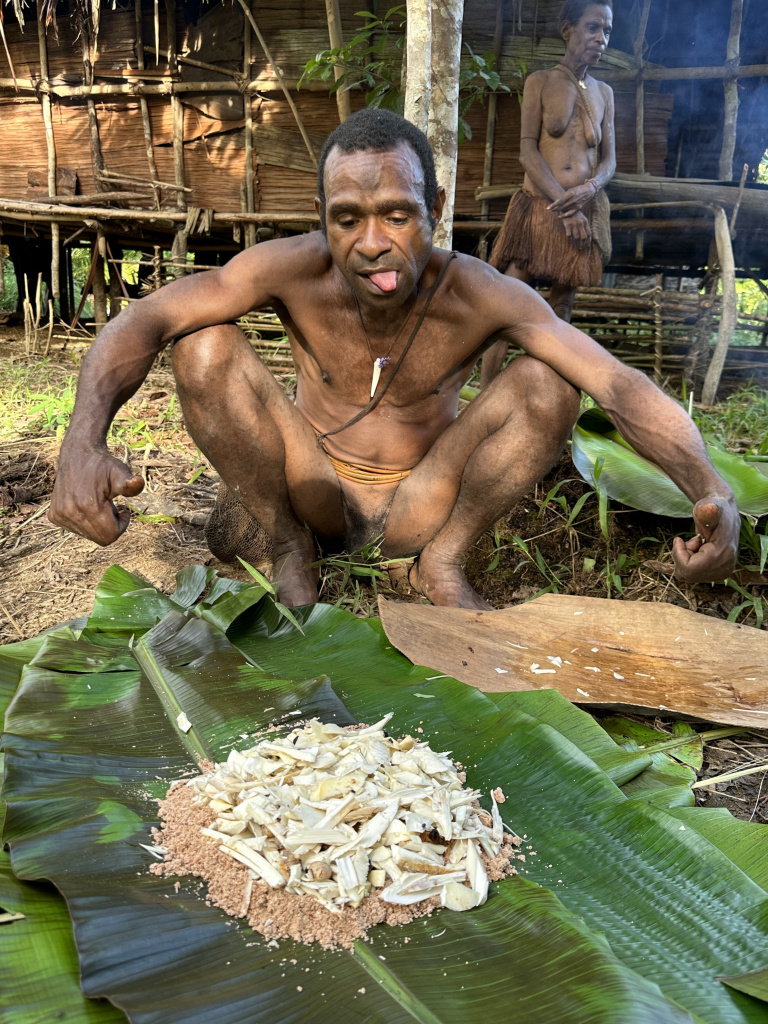
A century and a half after the first journey of famous Russian traveler Nicholai Miklouho-Maclay to the island of New Guinea (the world’s second-largest island, with an area of 785,753 sq. km – ed.), traveling to the island is still perceived as extreme tourism. Dmitry Lukyanchuk, the initiator of the travel project dubbed Destinations, told EcoTourism EXPERT about the risks and exotic character of the island of New Guinea.
- Is traveling to the island of New Guinea still perceived as extreme tourism? Have the customs of the natives changed since Miklouho-Maclay’s days?
- Yes, this is still perceived as an extreme tourism. The degree of extreme depends only on the region of the island. For example, if travelers want to get acquainted with the real life of the Korowai (also called the Kolufo) tribe living in the center of the Indonesian province of Papua, they need to sail from Agats along the river straight into the jungle. There is a swampy area with a huge number of mosquitoes, heat up to 35 degrees Celsius, 100-percent humidity and no wind at all. The body quickly becomes dehydrated and after two to three hours of travelling, the arms and legs start cramping. Travelers cannot use water drink water from the nearby stream to quench their thirst as it should be boiled first.
Even just walking is difficult. Lots of fallen trees, small rivers into which a traveler can suddenly fall waist-deep. At any moment, a person can unexpectedly fall or twist the ankle. But the game is worth the candle. A traveler can enjoy the stunning mountain ranges, lush tropical flora and rich fauna, impenetrable jungles inhabited by almost primitive native tribes.

What impressed me most was that the Korowai tribesfolk built their houses on trees so that their enemies and the evil spirits could not walk by unnoticed. A traveler can go up the stairs to see such a ‘house’, but there is a danger that the long and thin stairs may simply break.
The Korowai tribe has been cut off from the rest of the world for a long time, which helped them preserve their culture and ancient traditions, even their archaic rituals. By the way, don’t be surprised, the Korowai tribespeople, unlike other tribes, walk completely naked, only sometimes covering their genitals from possible damage. This is unusual even for the representatives of other ancient tribes.

- Regarding the archaic life style. They say, cannibalism is still common there?
- They really still have the habit of eating people, however, this is common in those places where tourists usually do not go.
Most often, the Korowai tribespeople eat sago, the pulp extracted from the core of the sago palms. A delicacy for the Korowai people is the larvae of woodcutter beetles, which they also take from the trunk of the sago palm tree. By the way, they seem completely tasteless. We gave them mango, honey, nuts, and they are quite indifferent to the delicious food that is more popular with us. Sometimes, the Korowai people eat the meat of wild boars or cassowaries that look like ostriches.
- Besides traveling to the Korowai tribe’s area, what destinations do you recommend? Are any of them well-developed and safe for tourists?
- Tourist infrastructure is available in large settlements only, in particular, in Wamena - the heart of the Baliem Valley - and the neighboring villages, every village has its own customs and rituals, and, of course, its local cuisine. Everything is quite civilized in these places. Residents are more or less dressed, ritual dances for tourists are performed by men wearing a koteka (penis gourd) made from dried gourd. Special performances are often held.
The festivals held there are even more spectacular, with the aborigines demonstrating their skills in archery, javelin throwing and other types of combat. The program also includes traditional Papuan dancing, pig racing and even musical performances. At the first moment, you get the impression that all that’s happening is a historical reconstruction. But unlike the shows for tourists, this is a real tribe’s meeting.
- What places on the island would you recommend to lovers of nature and ecotourism enthusiasts?
- There is a network of trekking trails and good opportunities for divers. My special recommendation for ecotourism enthusiasts is the Indonesian Raja Ampat (For Kings) Islands buried in the heart of the jungles. It is located in West Papua and has the richest marine biodiversity on the Earth. But it is not only the marine environment that amazes with its beauty. Amazing beaches with palm trees and shells are there, as well as sandy coast with unusual lagoons, and dense jungle thickets are at a distance. The place is almost untouched by the modern civilization. At the same time, tourists can stay in cozy bungalows on the coast.
- And, of course, I can’t help but ask you about the Russian trace on the island. Did you feel like a descendant of traveler Miklouho-Maclay?
- I can say that in Russia, people know much more about the journey of Nikolai Nikolaevich Miklouho-Maclay to New Guinea than on the island itself. Although there are monuments to him both in Indonesia, which owns the western half of the island of New Guinea, and in its eastern part - in the independent state of Papua New Guinea. In the city of Madang, the center of the province where Miklouho-Maclay disembarked from his ship, a street is named after the great Russian traveler. And there are words in the Papuan language that appeared thanks to the Russian expedition, including ‘gugruz’ (corn) and ‘watermelon’, the seeds of which Miklouho-Maclay brought to the island.
Photos courtesy of Dmitry Lukyanchuk
